A Beginner’s Guide To Nepal
Nepal is one of those places I long imagined myself going to, but never really thought I would make it to. Thankfully, I managed to prove myself wrong and experience the country for myself.
The Federal Democratic Republic of Nepal is not only home to some of the most incredible natural wonder on the planet (the Himalaya), but to a wealth of diverse culture, people, and food as well.
And momos.
Nepal Facts
- Capital: Kathmandu
- Language: Nepali
- Currency: Nepalese Rupee (NPR)
- Population: 26,494,504
- Size: 56,827 mi² / 147,181 km² (93rd)
- Time Zone: NPT (UTC+05:45)
- Calling Code: +977
- Drives On: Left
- Drinking Age: 18
- Drinking In Public: Legal
- Drinking Tap Water: Not okay
- Flushing Toilet Paper: Not okay
- Vaccinations Required: CDC
- Credit Cards: Visa/MC sometimes accepted
- Tipping: Not expected
- Emergency Number: 100
- Outlets: Type C / D / M (230 V / 50 Hz)
- Visa Requirements: External Link!
Nepal Basics
- LANGUAGE | The official language of Nepal is Nepali, and if you’re not one of the estimated 42 million speakers in the world, then don’t worry – Nepalese is intelligible should you be one of the 260 million Hindi speakers out there. Not one of those either? Capable of reading this? Okay great, because English is widely spoken in Nepal (particularly in tourist-heavy areas). The two words that you’ll need are namaste (hello) and dhanyabad (thank you). Most restaurants will have English-language menus and most of the country’s signage will include romanization of the Nepalese names.
- GETTING AROUND | Public transportation in Nepal can be messy, and if you’re traveling any sort of unwalkable distance within a city, then grabbing a taxi is probably your best option. Long-distance buses are available if you’re looking to get around within the country, but if you’re on one of the main tourist tracks (to Lukla or to Pokhara), then also want to look into flights. However, if you’re staying in one place, then walking can typically get you around to most of where you would want or need to go.
- GEOGRAPHY | Nepal is landlocked between Tibet (China) along its northern border and India on all other sides. The country is approximately 500 mi / 800 km long, east to west, and between 90-150 mi / 150-250 km wide. The Himalayas line the country’s northern border, and the capital, Kathmandu, is in the middle of the country’s eastern half. Nepal can be divided into Terai, Hill, and Mountain Regions and ranges in elevation from 194 ft / 59 m to the summit of Everest at 29,029 ft / 8,848 m.
- THINGS TO DO | Yes, there’s tons of trekking and mountain conquering in Nepal, but there’s more to the country than the Himalayas (although you should most definitely visit the Himalayas). In the south, Chitwan National Park offers jungle trekking and the chance to see some exotic wildlife (elephants and tigers). Paragliding, bungee jumping, and white water rafting are popular in Pokhara, or if you’re more into less life-threatening activities, you could visit the birthplace of Buddha in Lumbini.
- WHEN TO GO | When to go depends on your reasons for visiting Nepal, but typically the pre-monsoon (March-May) and post-monsoon (September-November) are the most popular among tourists. The summer monsoon season lasts from mid-June to mid-September, and the country gets hot and wet. Personally, I think the winter months (December-February) are the best for visiting since it’s typically quite dry and clear. More on Nepal’s winter further down the page.
Nepal Food
- DAL BHAT | Dal bhat is perhaps the most common local dish you’ll find in Nepal (and it is one that you should be eating if trekking). This traditional meal consists of rice, lentil soup (dal), and vegetables (and/or some meat if you’ve opted to eat animals on this trek). In addition to typically being one of the cheaper options on the menu, dal bhat also means refills. Yes, you get complimentary refills on your rice, lentil soup, and vegetables. It’s easy to see why this is what the guides and porters usually eat. Remember, “Dal Bhat power, twenty-four hours.”
- MOMOS | Momos are delicious. I would be completely satisfied eating exclusively momos in Nepal if the option was available. What are momos? They are basically dumplings (think gyoza if you’re into Japanese food) that are served either steamed or fried and that are filled with all sorts of delicious goodness. They come in both fried and steamed varieties (both are delicious), and some places even offer desert momos. A serving typically consists of ten momos costs only a few dollars. If you’re in Thamel, make sure to check out Momo Hut – it’s incredible.
- BUFF | Nepal is over 80% Hindu, and since Hindus don’t eat beef, they needed to think of an alternative (because we all know how delicious cows are). So even though you may have trouble finding a beef burger, you can still find plenty of buffalo meat or buff. You can buff steaks, burgers, and yes, even buff momos. Seriously, go and eat some momos already.
- TEA | Nepal is huge on tea, and although I’m not a huge tea drinker, I have come to embrace the drink while in the country. Black tea with loads of sugar is the most common version, but if black tea isn’t your thing, then there will be other options available. You typically have four options available: a cup, a small pot, a medium pot, or a large pot.
- SPICE | Nepalese food is not lacking in spice, and if someone tells you that something is spicy, you should take it seriously. If you’re really into setting your mouth aflame, you can usually request additional peppers. Have you heard of momos yet? You should definitely try some spicy momos.
Nepal Tips & Tricks
- THE HIMALAYA | It’s no secret why the majority of travelers find themselves in Nepal; they want to see some mountains. Nepal is famous for playing home to a large portion of the Himalayas, and there are. For more on the Himalayas, check out my guide to Everest Base Camp.
- TREKKING | Sure, the high Himalayas are spectacular, but there’s more to Nepal than Everest Base Camp. If you’re interested in going beyond the most traveled trails, check out the Annapurna (also extremely popular), Langtang, Manaslu, Mustang, Dolpo, Makalu, or Kanchenjunga treks. Note: some of these treks require permits (and they can be expensive).
- WI-FI | Wi-fi is not difficult to come by in Nepal’s tourist hubs (although it’s notably absent from the Kathmandu airport), and most hotels, hostels, and restaurants (at least those that cater to tourists) will have a network you can log onto. You can also get wi-fi in the mountains (although you will usually need to pay for some number of hours upfront).
- THAMEL | If you’re heading to Nepal, then you will more than likely find yourself flying into Kathmandu (unless you’re already in a neighboring country). Thamel is basically the downtown or city center of Kathmandu and it’s home to dozens of narrow streets filled with shops, restaurants, and accommodation. However, note that everything in Thamel is more expensive than it is in the surrounding villages (you’re definitely paying a tourist tax) and that everything in all the shops (minus the outlets) is probably fake (in terms of trekking/camping equipment). If the price is too good to be true, it’s not what you think it is.
- TIMEZONE | Not only is Nepal the only country with a non-quadrilateral flag, it’s also the only country with a timezone offset by 45 minutes, UTC+05:45. This only adds to the headache of trying to convert time across borders, but it’s also pretty cool so I have decided that Nepal need not be chastised for standing out from the crowd. Who said that time zones have to be even? If China can have just one timezone, then Nepal can use one set to 45 minutes.
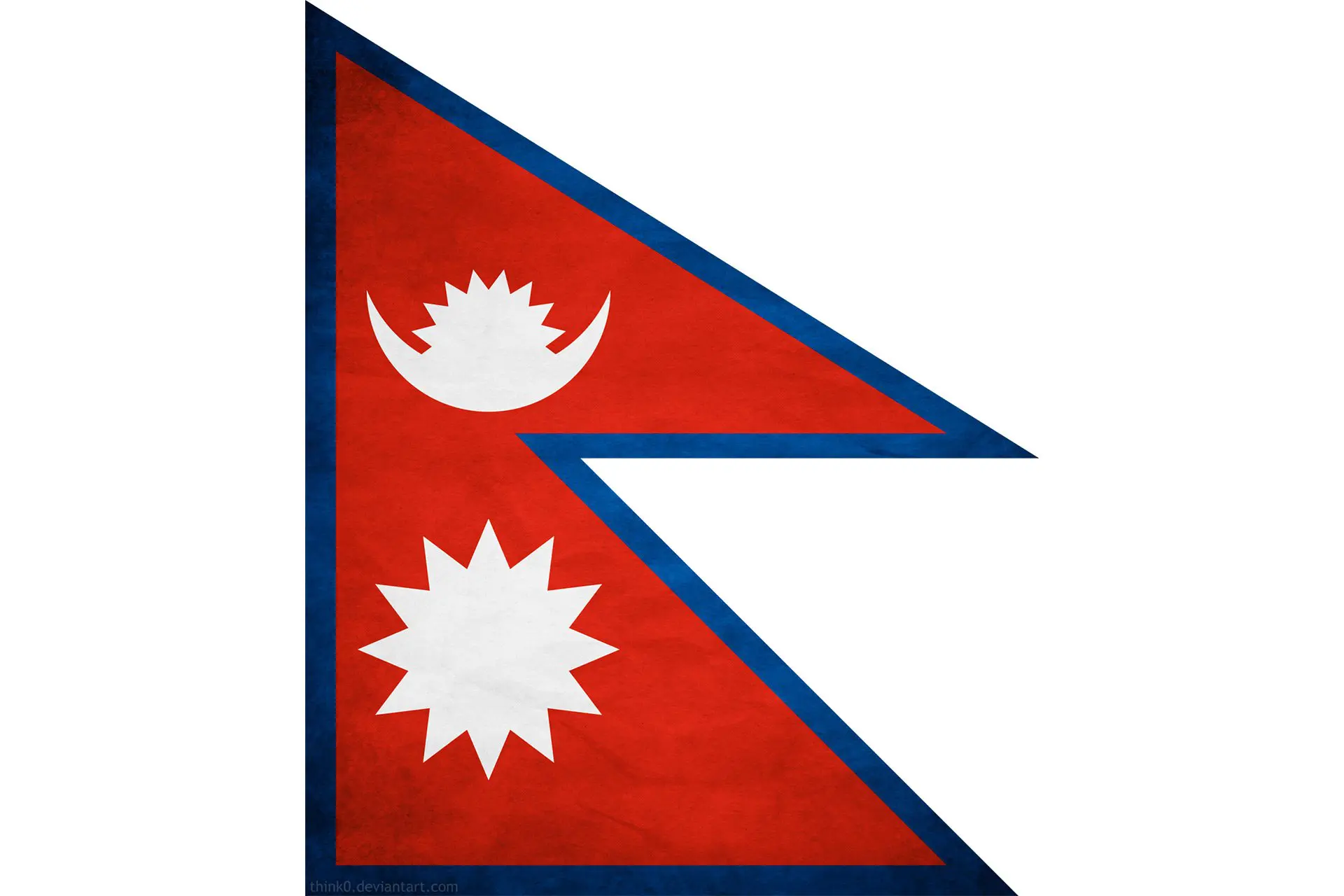

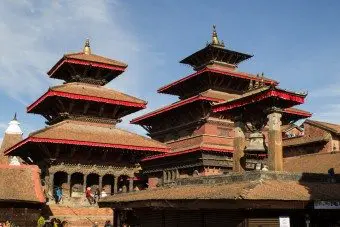
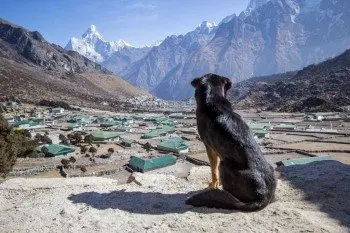

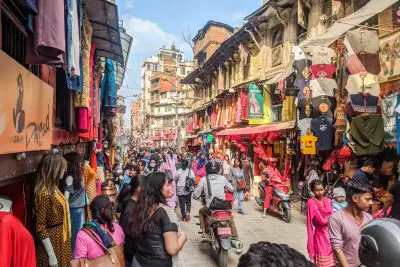

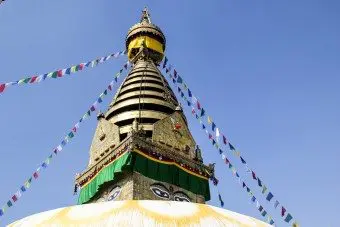
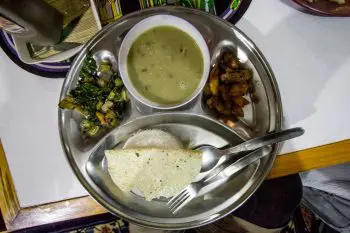
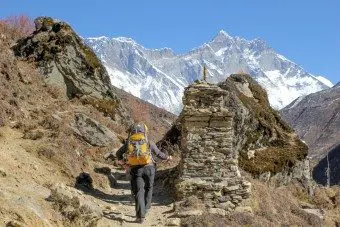
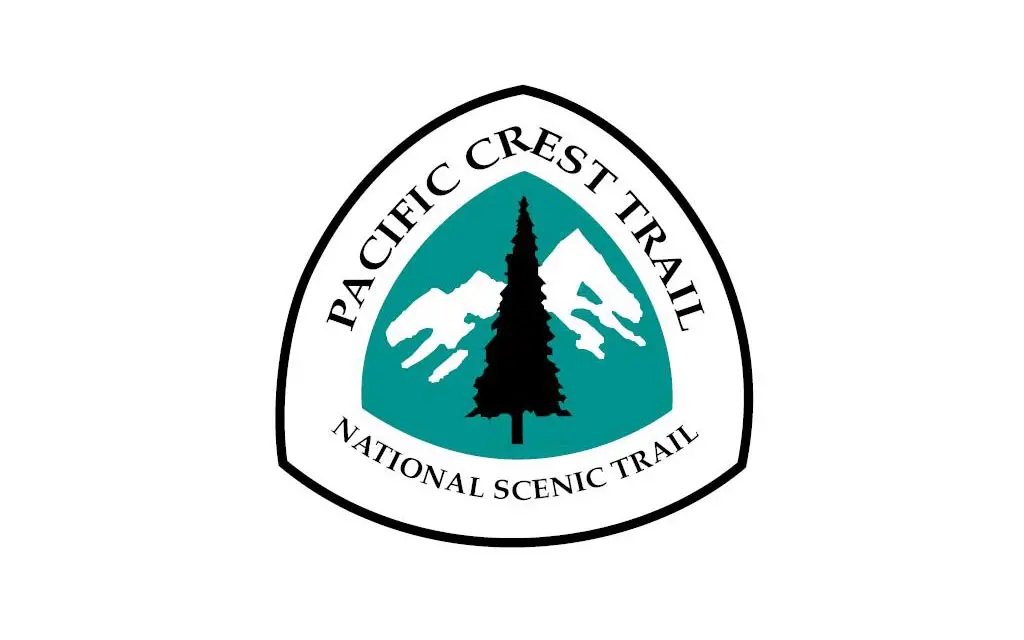


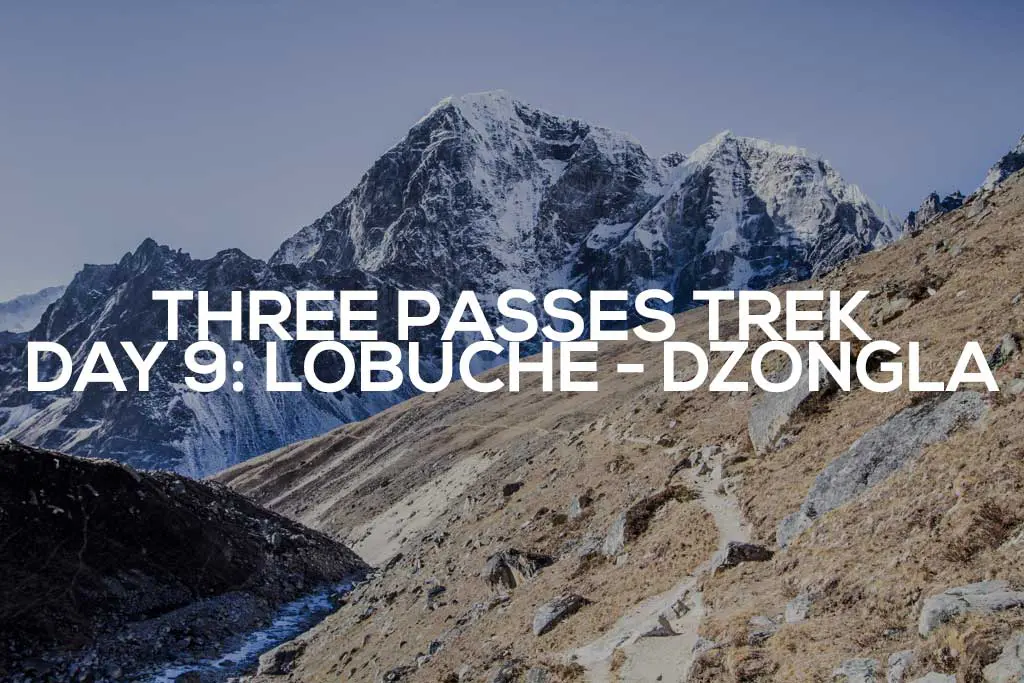

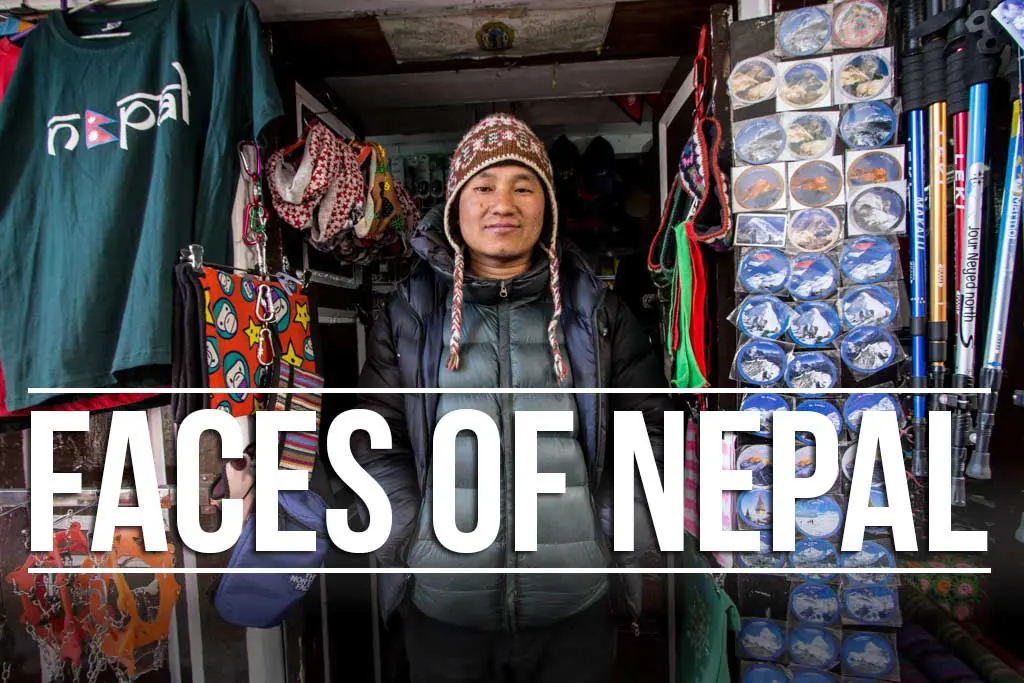
thanks for post this blog its really good and informative blog
Thank you for your Great informative post. This post is Helpful for Hikers who are willing to explore the Himalayas and the city.